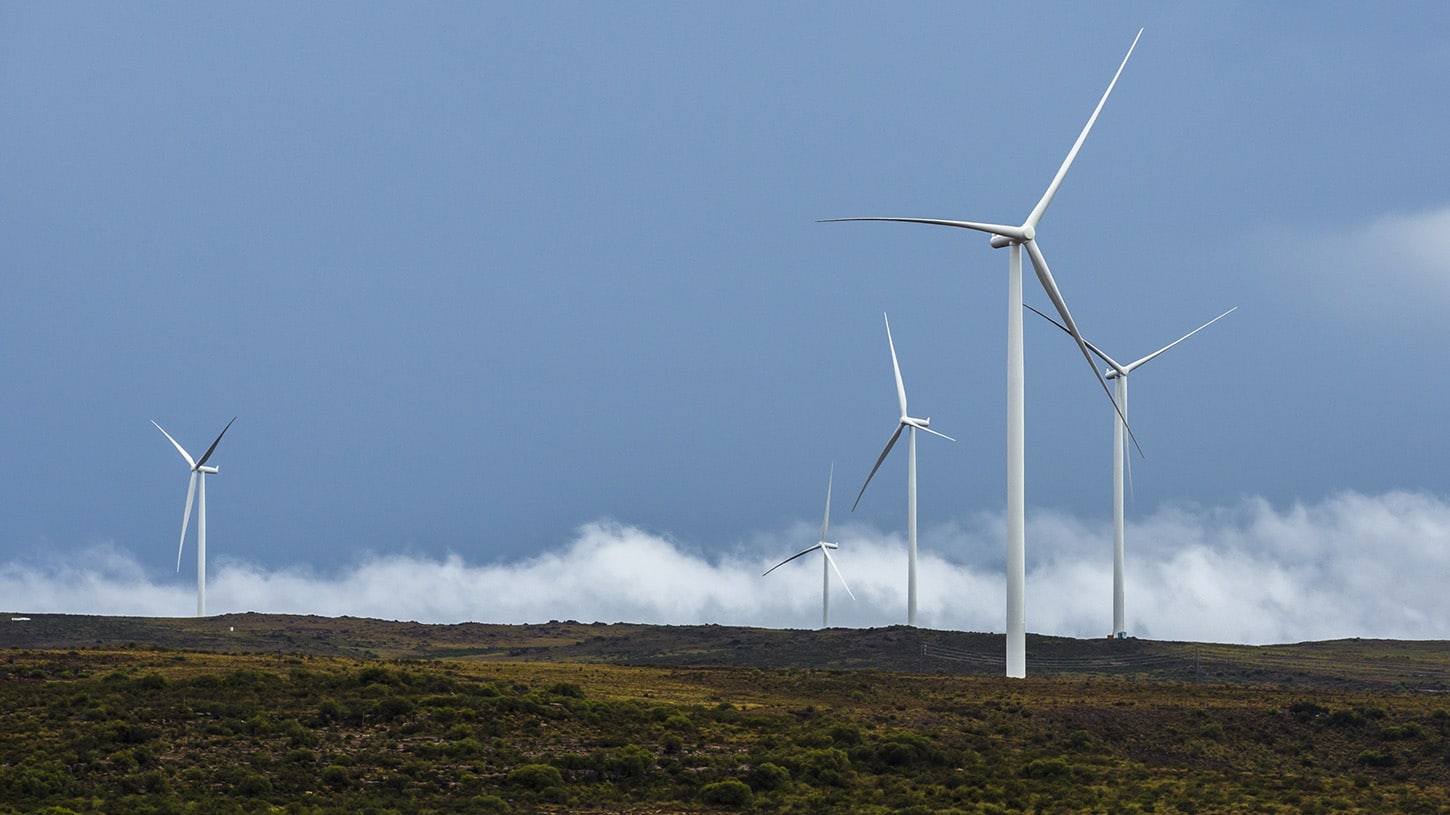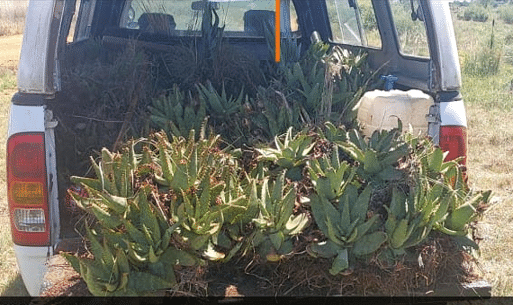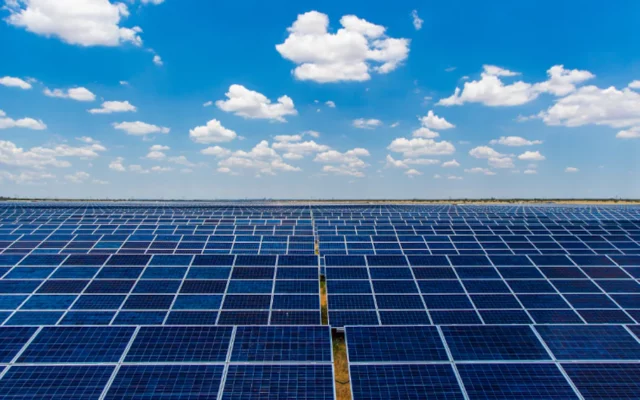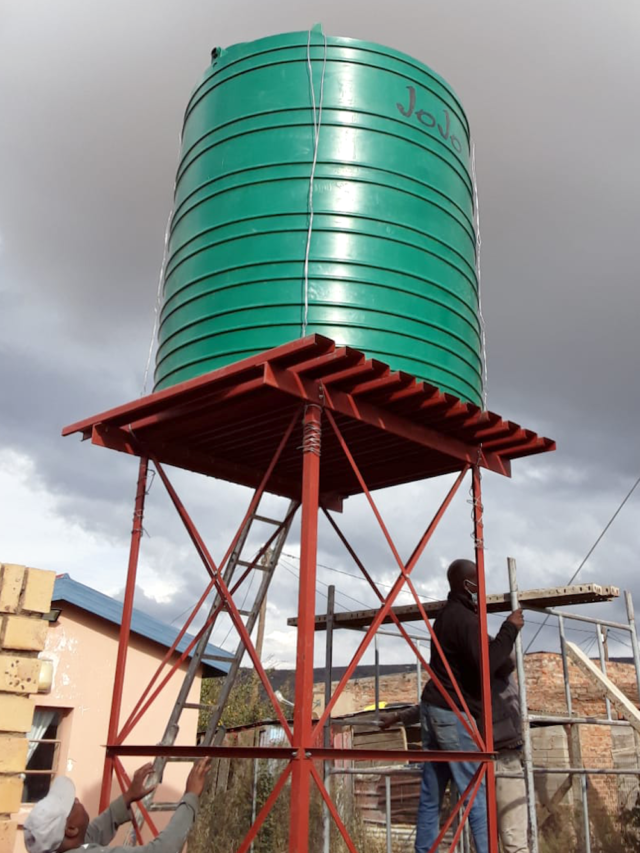Sister wind farms Loeriesfontein and Khobab connected to Eskom grid
Category
Projects
Date
29 September 2017
Location
South Africa

Sister projects Loeriesfontein, above, and Khobab wind farms together comprise 122 turbines and will power the equivalent of 240,000 South African households when fully operational
Loeriesfontein Wind Farm and Khobab Wind Farm, sister projects developed and constructed by Mainstream Renewable Power in South Africa’s Northern Cape, have been connected to the Eskom grid – clearing the way for the next stage of commissioning.
Kevin Foster, Mainstream’s Country Construction Manager, explained: “We energised the wind farm substations with Eskom Transmission’s Helios substation on September 28, marking a pivotal point in the construction of the both of the wind farms, and will now continue the process of wind turbine commissioning,”
Completion of all 61 wind turbine generators at the Khobab site was confirmed on September 8, more than two weeks ahead of the expected schedule.

Country Construction manager Kevin Foster
The wind farms are expected to start supplying electricity to the national grid by early December and Mainstream will continue to work closely with the various Eskom teams to achieve this milestone.
“We’re working together with the Eskom teams in the Northern Cape and Western Cape Operating Unit to ensure a smooth and safe energisation and commissioning process,” added Foster. “We are extremely pleased to be on schedule and on budget.”
The last of the 1,098 components used in the construction of the two wind farms were delivered to site on August 27, and all 122 turbine foundations were completed on September 8.
How the substation works and fits into the plant
Each wind turbine is connected to a step-up transformer which boosts the voltage output of the wind turbine generator from 690 V to 33,000 V. These transformers are located externally at the base of each wind turbine.
From there these medium-voltage reticulation power cables are routed underground from turbine to turbine according to grouped circuits; and bring the collective circuit power from the step up transformers to convene at the Wind Farm’s substation where the Main Transformer is situated.
The substation built on the Wind Farm is divided into two conjoined substations. One is owned and operated by the Wind Farm; and the other – along with the overhead line – is handed over to Eskom for ownership and operation. Each substation is given a unique name. The two joined substations are situated in a central location to the grouped circuit power cables’ meeting point. At this termination point of the circuits, the collective power from the wind farm is run through several power quality checks and various measurement devices.
Subsequently, the power is directed through the Main Transformer where the voltage is increased again to 132,000 V. The power is then directed through the Main Transformer into the Eskom substation on the Wind Farm, where further power quality checks and measurements are completed prior to exporting onto the 8 km long 132,000 V overhead line.
The overhead line connects to Eskom’s Helios Substation, where the power is distributed to the Eskom Grid via several separate overhead lines leading out of Helios Substation, using various separate voltage step-up and step-down transformers, similar to those utilised on the Wind Farm, to adjust the export voltages to their needed levels. The town of Loeriesfontein is supplied by one of these overhead lines at 66,000 V.
Media Enquiries

Emmet Curley
Head of Communications and Positioning


